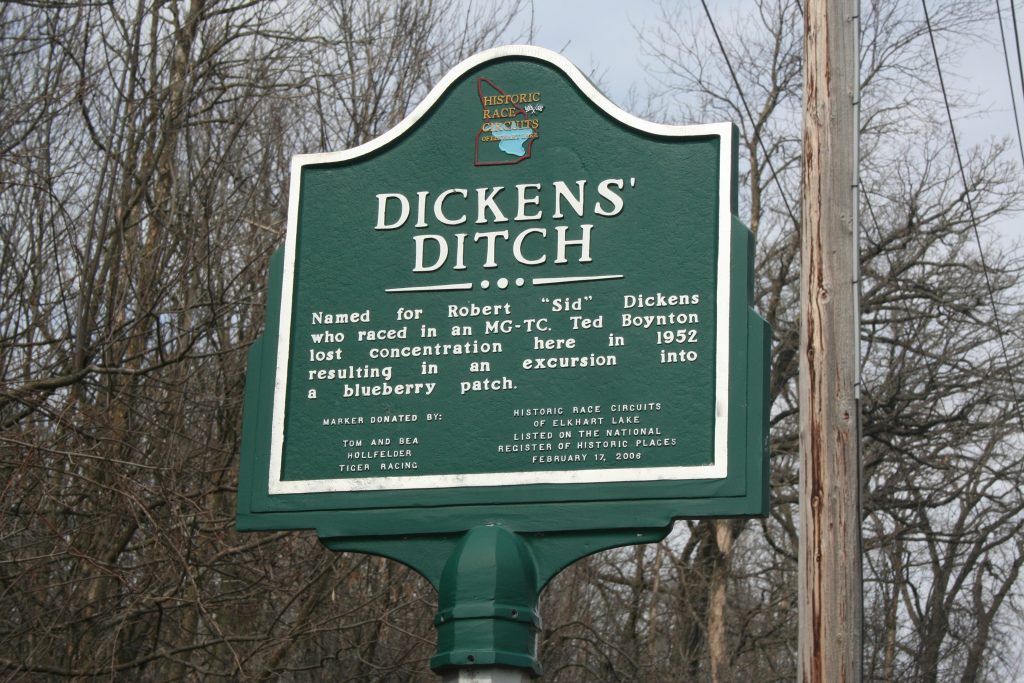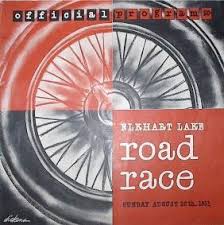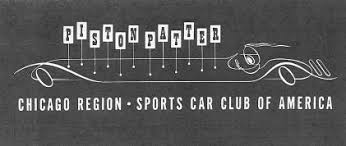Dickens’ Ditch
This is the twelfth and final installment in our series showcasing the Historic Markers placed around the original race circuit on the public roads in Elkhart Lake.
This historic marker located on County Highway “P” just south of the intersection of Cty P and Lake Side Park Road for Dickins’ Ditch reads “Named for Robert “Sid” Dickens who raced in an MG-TC. Ted Boynton lost concentration here in 1952 resulting in an excursion into a blueberry patch.” Marker donated by: Tom and Bea Hollfelder · Tiger Racing (Historic Race Circuits of Elkhart Lake).

Dickins’ Ditch is located on what was part of the 1951/52 race circuit. There is a kink to the right in the race circuit at this location much like Turn 11 at Road America. It is very possible that the kink at Dickins’ Ditch may have influenced the design of RA Turn 11. The most significant difference between the two is that the original street race circuit kink has a straight leading to it with a four foot ditch just too the left, two feet off the race surface and as evident by the posted marker must have been full of wild blueberries plants.

R. Sidney Dickens also played a significant role in the early years of the Chicago Region. He was a graphic artist by trade and was founding owner of “Dickins Design Group”. Sid served on the Chicago Region Board of Directors for five years, 1953 – 1957. He was Regional Executive in 1954 and the first to be identified as Ex-Officio. In 1956 /57 Sid was editor of Piston Patter the clubs newsletter and brought the magazine to a new design level. When Dave Garroway came up with the name for the publication, Sid designed the original logo which was an elongated twelve cylinder sports car with its pistons labeled PISTON PATTER. The orange wire wheel program cover for the 1951 Elkhart Lake Road Races was also designed by Sid (Reference, a profile by Fred Egloff).

I hope you enjoyed this series of articles and when you have a chance take a drive on both original race circuits. Little has changed over the years with the exception of South Lake Street which is now the walkway at the Osthoff. While on you drive don’t just speed through it, stop at the markers or other locations. Take the time to view the approach and exit of a turn. Just imagine what it was like, racing in the early 1950’s, compared to the highly technical cars we race today.


